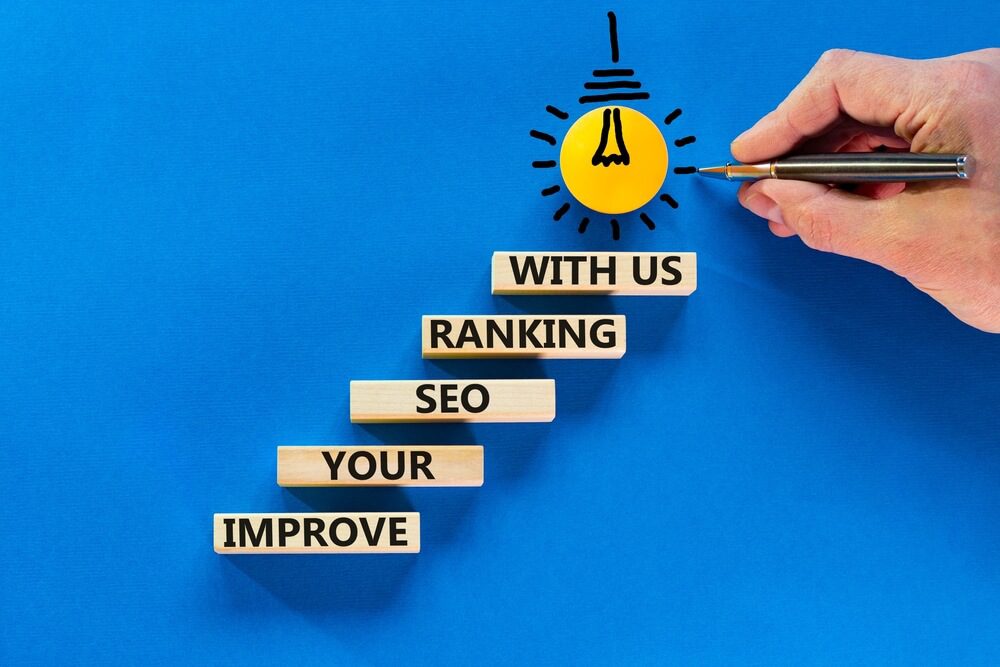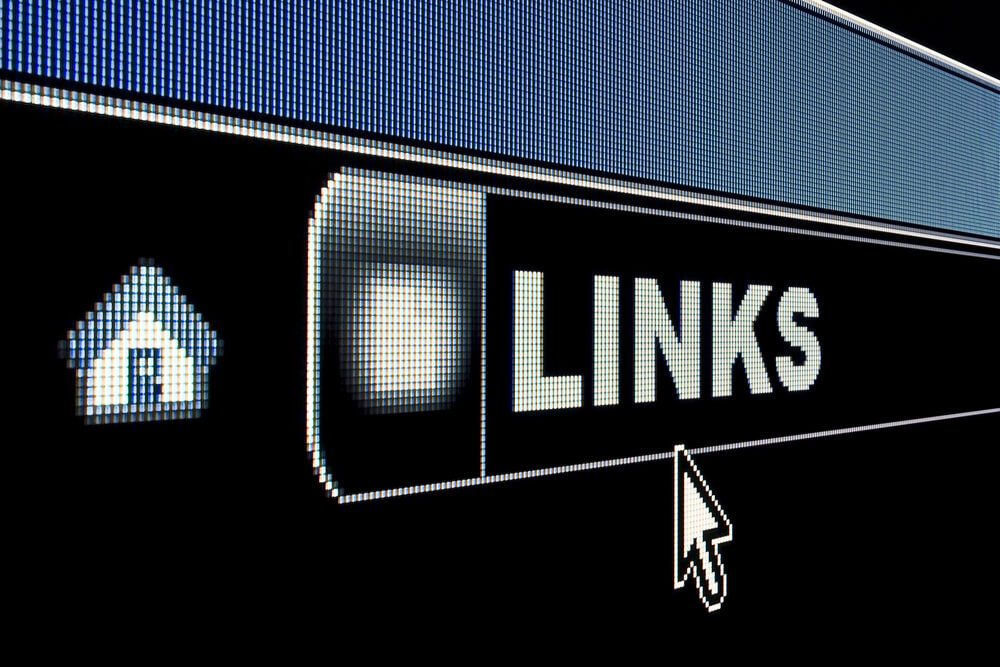
Internal Linking: Try This Easy Trick for Higher SEO Ranking
Having well-established internal links in a website or content allows easy navigation and helps users discover related content. Internal links are also crucial in search engine optimization (SEO) by helping search engines to more effectively crawl and index pages.
An experienced ecommerce SEO agency considers internal links as one of the easiest ways to boost SEO rankings. These links can:
- Improve crawlability.
- Establish website hierarchy and relevance.
- Spread authority and rank power.
- Optimize keywords and anchor text.
- Enhance user experience and engagement.
Learn why you should invest time and effort in improving your internal links. Let's go!
Want to learn more about the Digital Authority Partners approach to SEO? Watch this video!
Improve Crawlability
Internal links allow search engine bots to discover and navigate a website's pages. Search engines crawl through a site and follow internal links to index and understand its content.
Proper internal linking ensures that all crucial pages are accessible to search engines, increasing their chances of effective indexing and ranking. Internal linking and technical SEO can improve crawlability and ranking through the following:
- Index deeper pages within a website that would otherwise be difficult to find. Internal linking facilitates indexing of these pages, increasing their visibility.
- Create inbound links from popular or authoritative pages to other pages to encourage search engines to prioritize those pages for crawling and indexing.
- Organize links logically and hierarchically to help search engines crawl and index your site.
- Discover updated content through internal linking so that search engines can quickly find these changes.
Establish Website Hierarchy and Relevance

Internal links establish a hierarchical structure within the website by linking pages according to their importance and relevance. As mentioned, connecting high-level pages to deeper, more specific content indicates the importance and topical relevance of the linked pages to search engines.
Doing this positively affects how search engines perceive the overall organization and relevance of the website. Internal linking establishes website hierarchy and relevance through these strategies:
- Linking from high-level pages, such as the homepage or main category pages, to subpages or more specific content tells search engines the importance and relevance of the linked pages.
- Emphasizing cornerstone content or key pages that represent the website's core themes or topics to reinforce the significance, which establishes relevance within the website's structure.
- Improve site authority by strengthening topical clusters or groups of interconnected content related to specific themes or keywords.
- Support user navigation by making it simple for visitors to find related content via internal links, explore different pages, and delve deeper into specific topics of interest.
- Enhance keyword relevance through relevant anchor text in the internal links to optimize their SEO value.
Spread Authority and Ranking Power
Internal linking distributes authority and ranking power across the website. Linking a high-authority page to other pages passes some of the authority and relevance to the linked pages. This increases the visibility of these pages in search results and improves their ranking for relevant keywords. Internal linking can transfer site authority and rank through these techniques:
- Linking to relevant content or a page that shares a relevant topic or theme strengthens the connection and relevance between these pages. It also contributes to their credibility and authority for search engines.
- Enabling links from broad, high-ranking pages to more specific, long-tail keyword-optimized pages allows authority from the general page to flow to the niche pages. This increases the chances of ranking for their target keywords.
- Linking to internal pages beyond the homepage or main navigation spreads authority to those pages, improving visibility and the potential for higher rankings.
- Prominently linked pages are optimized and contain valuable content, which improves their chances of ranking well in search engine results.
Optimize Keyword and Anchor Text

When creating internal links, site owners signal to search engines the aboutness of the linked page. Using relevant keywords as anchor text contributes to the page's relevancy. Content creators must maintain natural and user-friendly anchor text rather than using black-hat SEO tactics such as keyword stuffing.
Internal linking effectively optimizes keywords and anchor text through these best practices:
- Use keyword-rich anchor text or clickable text as a hyperlink. Use anchor text that includes relevant keywords related to the linked page's content to help search engines understand its context and relevance.
- Strategically place internal links within the content, where they naturally fit and make sense.
- Link to optimized pages to reinforce keyword relevance and increase their chances of ranking higher in search engine results.
- Implement internal linking to support topical clusters or groups of related content. This strengthens the topical relevance of linked pages and signals to search engines the interconnectedness of content.
- Directing traffic and authority to the website's cornerstone content represents essential and comprehensive pages.
Enhance User Experience and Engagement
Well-established internal linking significantly improves the user experience by helping visitors navigate the website and discover relevant content. Users spend more time on websites that contain valuable information and are easy to navigate. This reduces bounce rates and increases engagement metrics.
Having a positive user experience creates a higher ecommerce SEO ranking. Here are some ways that internal linking accomplishes this:
- Provide clear paths to navigate the website by linking related pages and content to improve the overall user experience and encourage visitors to stay longer.
- Create contextual relevance by leading users to related or supporting content so that they may dive deeper into the website and engage more with the content.
- Ensure that all valuable content is easily accessible to users, allowing visitors to explore and interact with a broader range of content on the site.
- Improve the information flow across the website by connecting relevant pages and sections to guide users through a logical content progression.
- Reduce bounce rates by providing relevant internal links to encourage users to click through to additional pages, decreasing the likelihood of immediate exits.
Summing Up
Internal linking is an effective SEO strategy that improves crawlability, establishes website hierarchy and relevance, spreads authority, optimizes keyword usage, and enhances the user experience. A well-planned internal linking structure increases your web pages' visibility and ranking potential in search engine results.
Improve your site’s internal linking and boost your SEO ranking today. Call Digital Authority Partners (DAP), the top ecommerce SEO agency, for excellent internal linking strategies.
Want To Meet Our Expert Team?
Book a meeting directly here




